Releasing pet snakes into the wild might seem like a humane solution when pet ownership becomes overwhelming, but this seemingly innocent act creates devastating ripple effects throughout ecosystems. Unlike returning a wild animal to its natural habitat, releasing captive-bred snakes introduces non-native predators into environments unprepared for their presence. This article explores the multifaceted consequences of releasing pet snakes outdoors, from ecological devastation to animal welfare concerns, and offers responsible alternatives for snake owners facing difficult decisions.
Ecological Disruption Caused by Non-Native Species
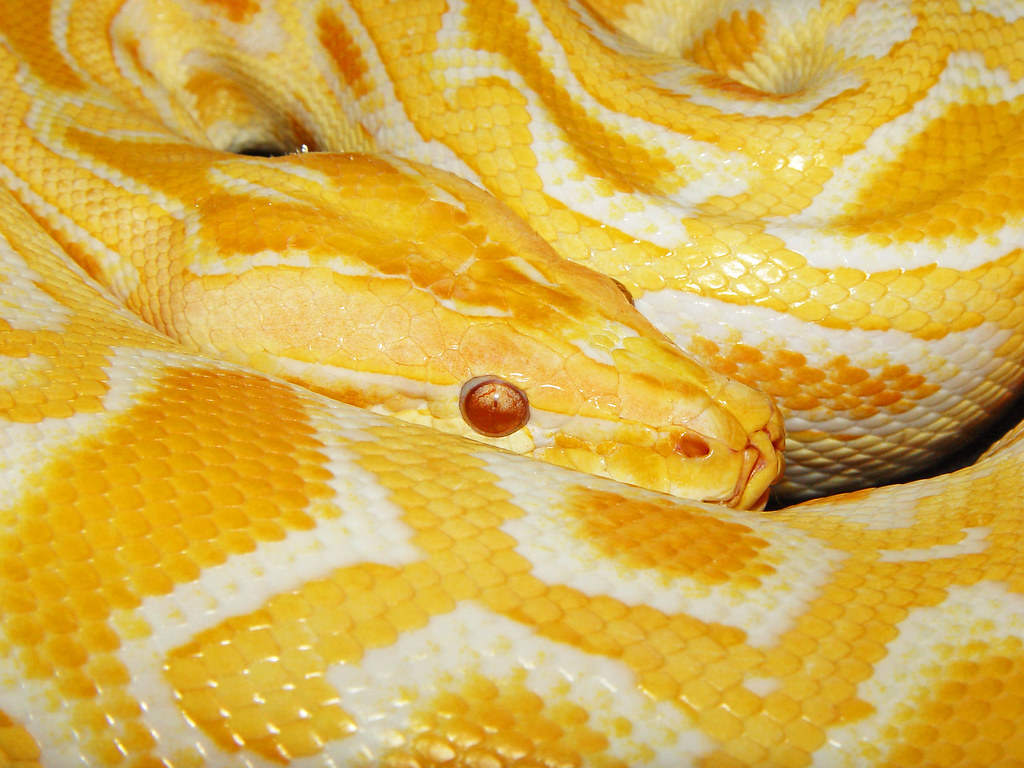
When pet snakes are released into environments where they don’t naturally belong, they immediately become invasive species with potentially catastrophic ecological impacts. These non-native predators often have no natural enemies in these new ecosystems, allowing their populations to grow unchecked.
Native wildlife, having evolved without defenses against these new predators, become easy prey for the introduced snakes. The case of Burmese pythons in Florida’s Everglades represents perhaps the most infamous example, where released and escaped pet pythons have decimated local mammal populations by up to 99% in some areas. This ecological disruption can trigger cascade effects throughout the food web, altering the balance of entire ecosystems that took millennia to develop.
Survival Challenges for Released Pet Snakes
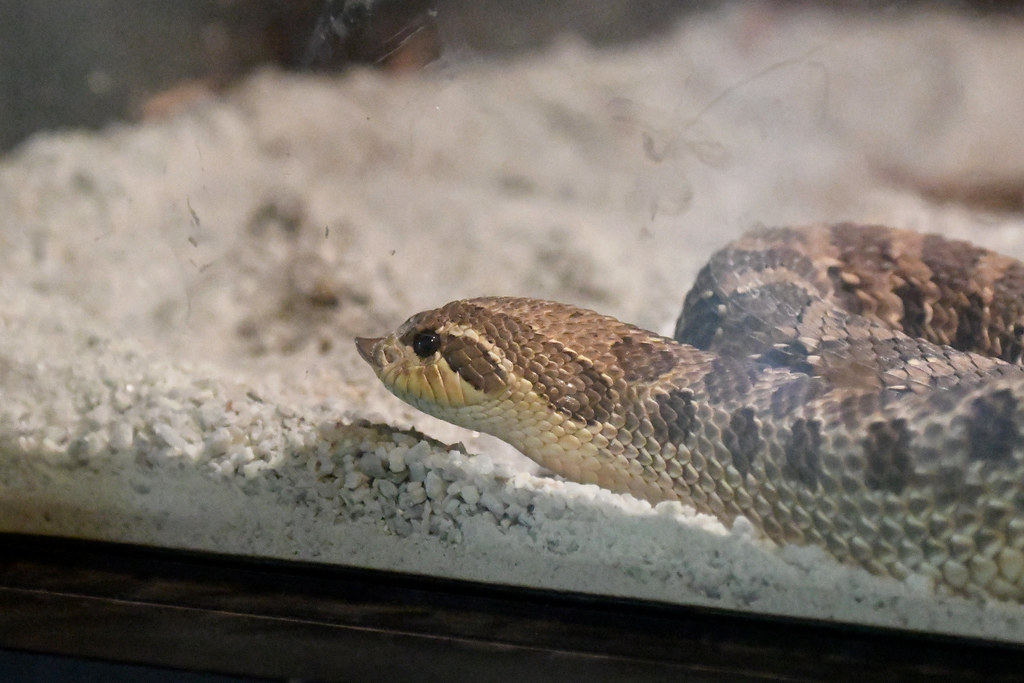
Despite their predatory nature, most pet snakes face grim survival prospects when released into unfamiliar environments. Captive-bred snakes typically lack the hunting skills, predator avoidance behaviors, and environmental adaptations necessary for survival in the wild. Many released snakes die from starvation, unable to capture prey without the regular feeding routines they experienced in captivity.
Others succumb to predation, disease, or extreme weather conditions they’re unprepared to handle. Even species released into climates similar to their native ranges struggle, as they’ve often lost crucial instincts during generations of captive breeding. The misconception that releasing a snake “gives it freedom” ignores the reality that this action often sentences the animal to a slow, suffering death.
The Florida Python Crisis: A Cautionary Tale
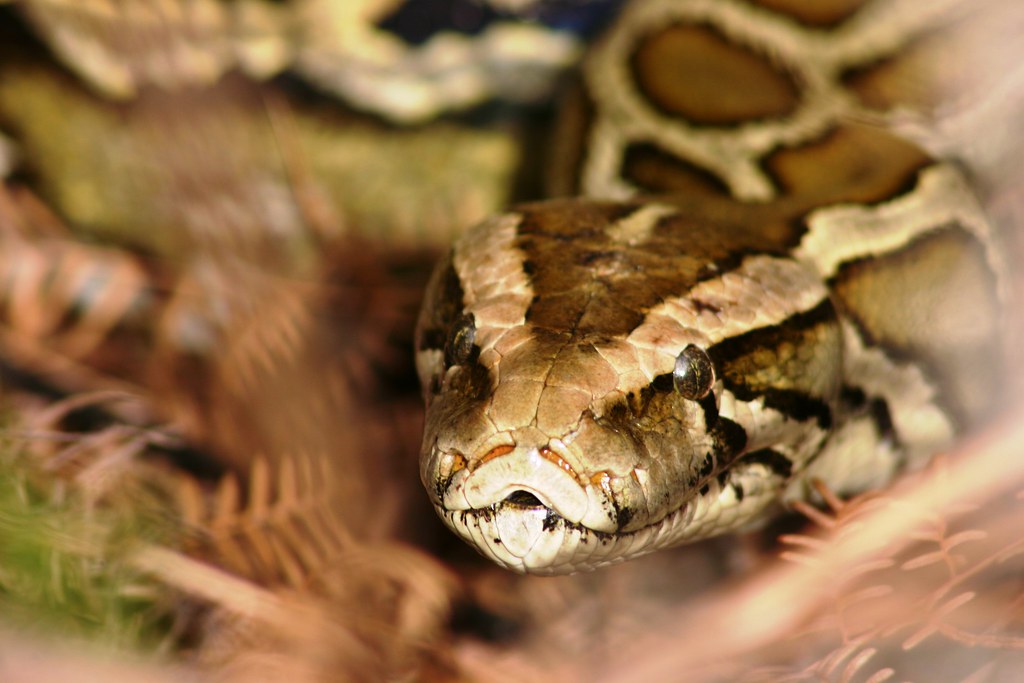
Florida’s Everglades offers the most dramatic illustration of what happens when pet snakes enter the wild. Beginning primarily with released and escaped Burmese pythons in the 1980s and 1990s, the state now grapples with an established population estimated at tens of thousands of these massive constrictors. These pythons, which can grow to over 20 feet long, have proven nearly impossible to eradicate once established, despite extensive and costly removal efforts.
They’ve consumed everything from endangered birds to alligators, fundamentally altering the Everglades ecosystem. Florida now spends millions annually on python control programs, including using trained detection dogs, professional hunters, and even tracking snakes to breeding grounds—all stemming from what began as individual pet releases and escapes.
Threat to Native Wildlife Populations
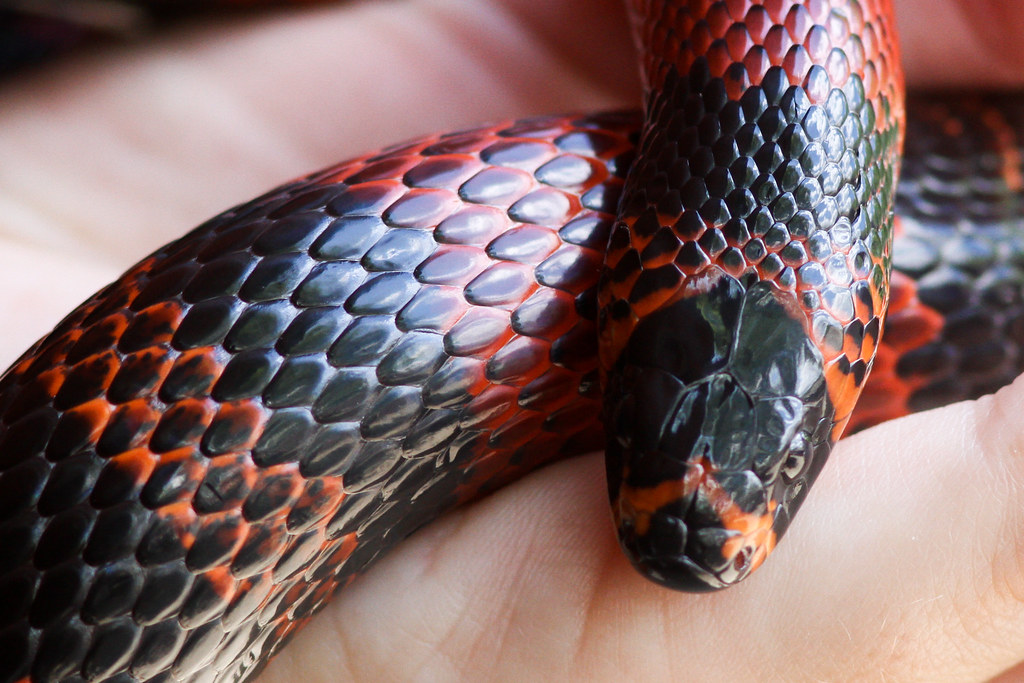
Released pet snakes represent a direct threat to native wildlife through predation, competition for resources, and disruption of established ecological relationships. Many pet snake species are efficient hunters with broad diets, capable of consuming multiple prey species. When introduced to new environments, they may target vulnerable or endangered native species unprepared for such predators.
In some documented cases, released snakes have contributed to local extinctions of small mammals, birds, reptiles, and amphibians. Beyond direct predation, non-native snakes compete with native predators for food and habitat, potentially displacing species that play important roles in ecosystem health. This predatory pressure on native populations can upset balances maintained through millions of years of coevolution.
Disease Transmission Risks
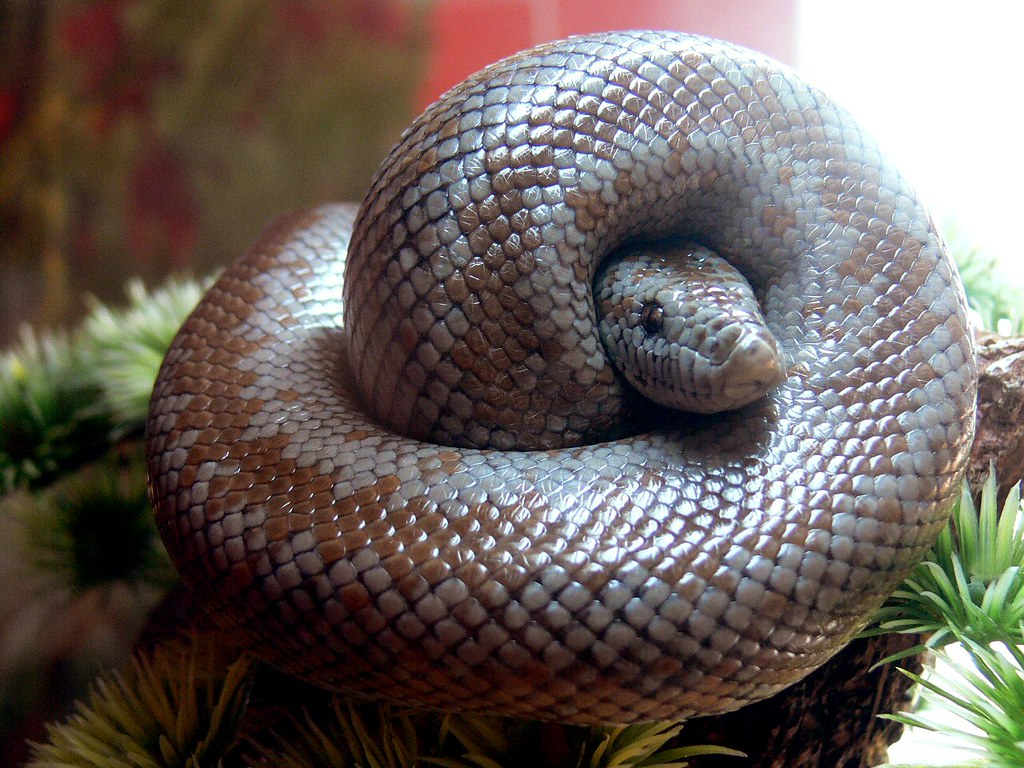
Released pet snakes create significant disease transmission risks that threaten wild snake populations and other wildlife. Captive snakes often carry parasites and pathogens they’ve encountered in captivity, including some that may not affect them severely but could devastate native species with no evolved immunity. Snake fungal disease, inclusion body disease, and various parasitic infections can spread from released pets to wild populations.
In some cases, these diseases can affect not just other reptiles but amphibians, birds, and mammals sharing the environment. The potential for introduced diseases to trigger wildlife disease outbreaks adds another layer of ecological concern beyond the direct impacts of predation. Once these pathogens enter wild populations, they can be nearly impossible to eliminate and may persist long after the released snake has died.
Climate Adaptation and Range Expansion
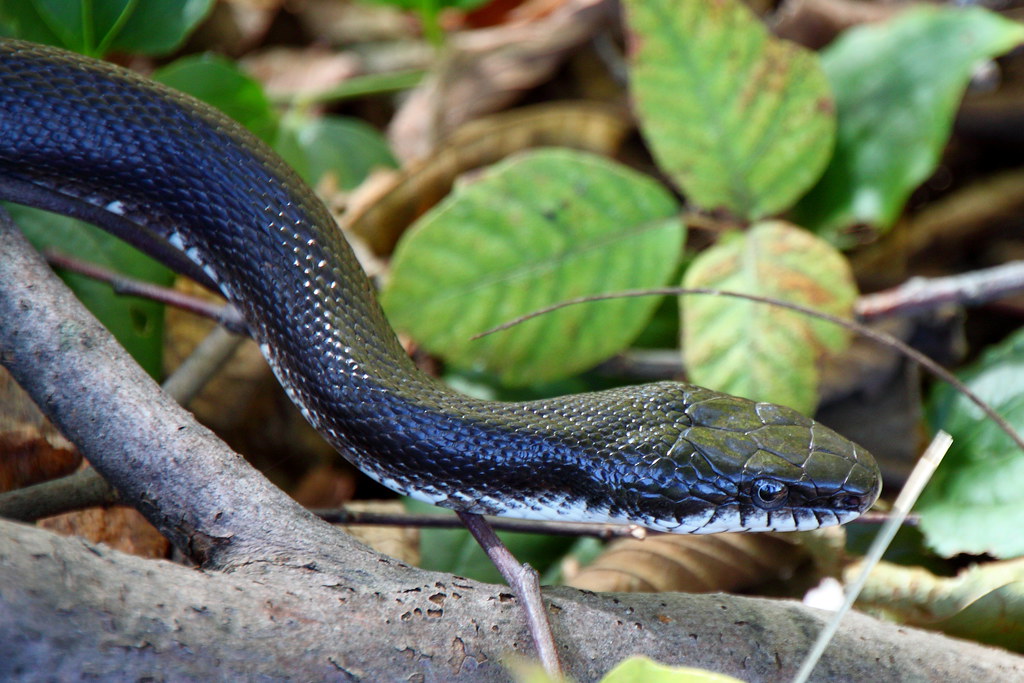
Many popular pet snake species demonstrate remarkable adaptability to new climates, allowing them to establish populations in regions far from their native ranges. Species like the boa constrictor and ball python, originally from tropical environments, have proven capable of surviving in temperate regions by finding microhabitats that meet their thermal needs. This adaptability increases the potential range where released snakes might establish breeding populations.
Climate change further complicates this picture, as warming temperatures expand the potential range for tropical and subtropical species northward. What might once have been a region too cold for a released python to survive winter may now provide year-round suitable habitat, creating new invasion risks. Scientists now use sophisticated climate matching models to predict where released species might establish, informing prevention efforts.
Legal Consequences of Releasing Pet Snakes
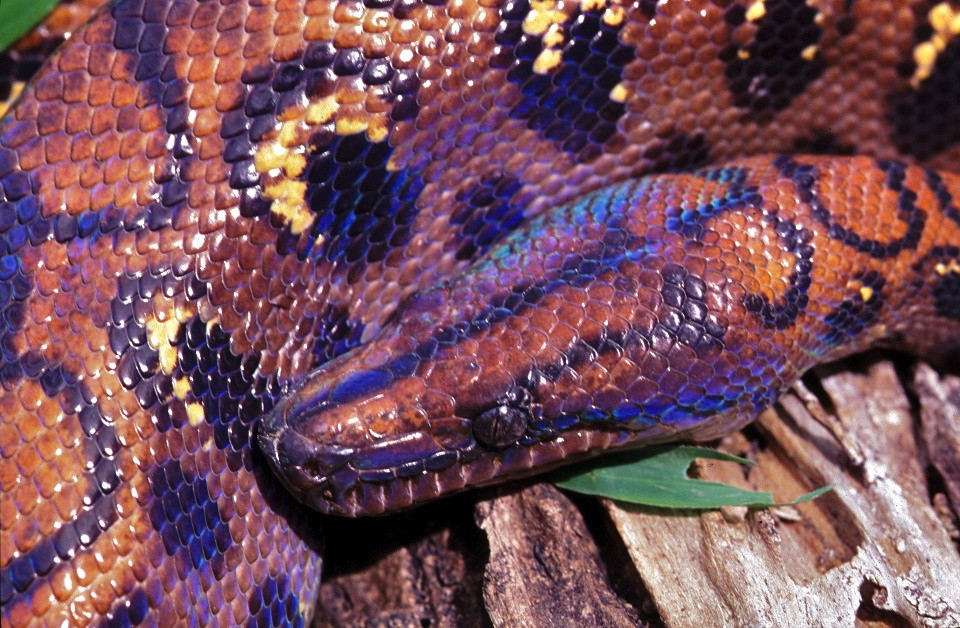
Releasing non-native wildlife, including pet snakes, violates laws in most jurisdictions and can result in significant legal penalties. In the United States, the Lacey Act prohibits the release of non-native species, with violations potentially resulting in fines up to $10,000 and imprisonment. Many states have enacted additional legislation specifically targeting the release of exotic pets, with penalties including criminal charges, particularly in states dealing with invasive species crises.
Beyond domestic law, releasing invasive species can violate international agreements on biodiversity protection and invasive species control. The legal consequences reflect the seriousness with which governments view the ecological threats posed by released exotic animals. Law enforcement agencies increasingly investigate and prosecute cases of intentional wildlife release as environmental crimes rather than simple pet abandonment.
Economic Impacts of Invasive Snake Populations

The economic costs of managing invasive snake populations reach into the millions of dollars annually in affected regions. Florida alone has spent over $10 million on python control programs in the Everglades, with limited success in reducing established populations. Beyond direct management costs, invasive snakes create economic losses through decreased biodiversity, impacts on native species with commercial value, and reductions in ecosystem services.
Tourism can suffer when iconic native wildlife disappears or when fears about large invasive snakes deter visitors from natural areas. Property values may decline in heavily infested areas, and agricultural operations can experience losses when snakes prey on beneficial species or livestock. These economic impacts illustrate how ecological problems quickly become financial burdens for communities and taxpayers.
Public Safety Concerns
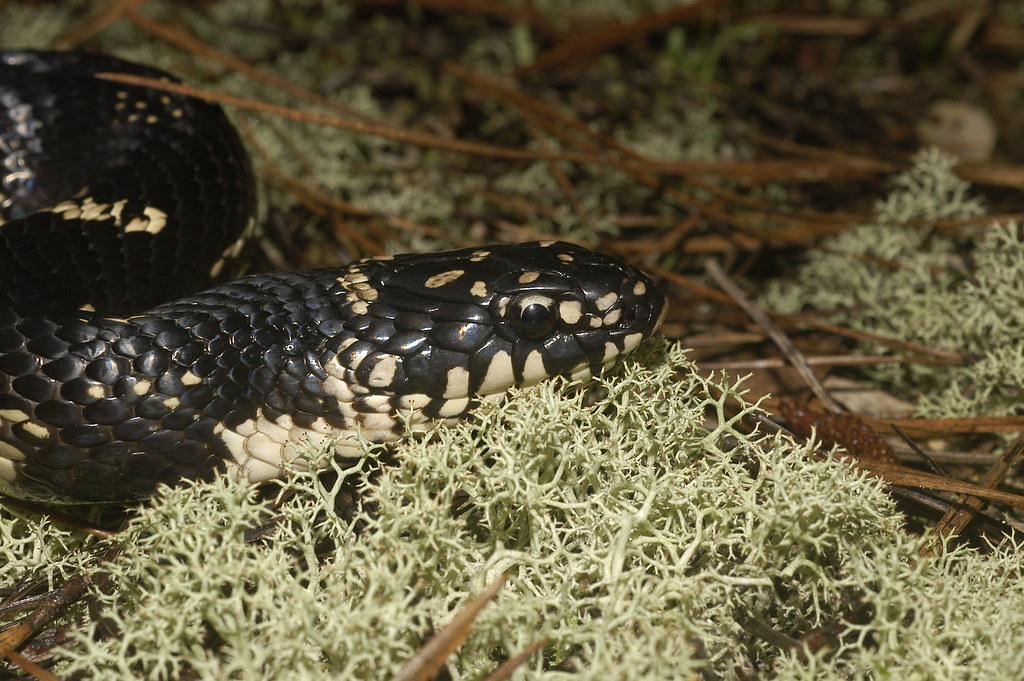
Released large constrictor snakes and venomous species create legitimate public safety concerns in affected communities. While snake attacks on humans remain relatively rare, established populations of large constrictors like Burmese pythons and anacondas present risks to children, pets, and sometimes adults. Venomous species pose more immediate dangers through potential bites, particularly concerning when the species isn’t native to the area and local medical facilities may not stock appropriate antivenoms.
These safety concerns often generate significant public anxiety and negative media attention, sometimes leading to indiscriminate killing of all snakes, including beneficial native species. Public education programs in affected areas must address both the genuine risks and common misconceptions about snake behavior to promote safety without encouraging unnecessary fear.
Responsible Alternatives to Releasing Pet Snakes
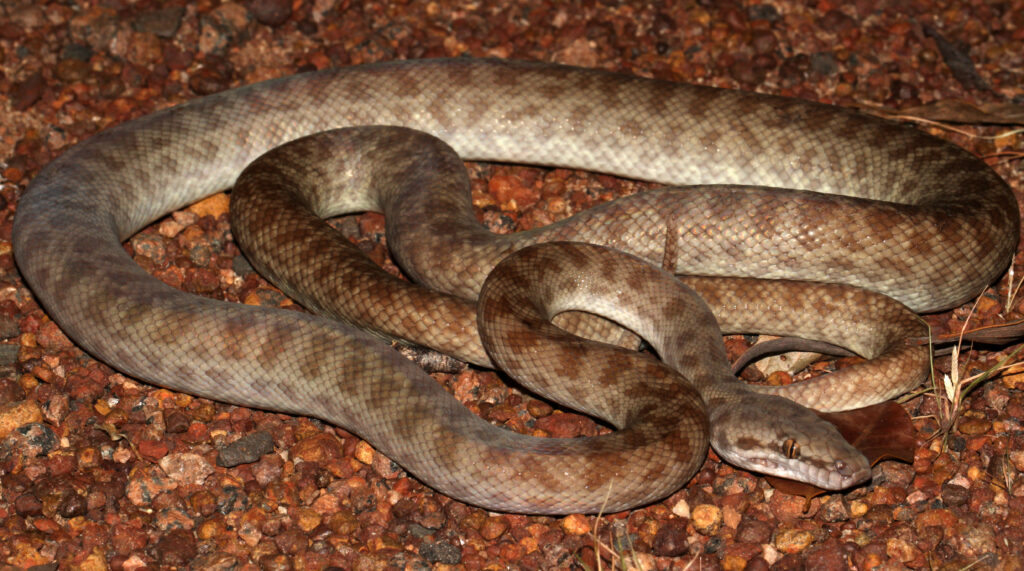
For snake owners who can no longer care for their pets, multiple responsible alternatives exist that prevent ecological harm while ensuring humane treatment of the animal. Reptile rescues operate nationwide, specializing in taking unwanted pet snakes and finding them new homes with experienced keepers. Herpetological societies and reptile clubs often maintain rehoming networks to connect unwanted snakes with knowledgeable adopters.
Many exotic pet stores will accept surrendered animals, either taking ownership or helping arrange adoptions. For owners concerned about euthanasia, many reptile rescues maintain strict no-kill policies and will work to find appropriate placements even for challenging cases like very large pythons or venomous species. Planning ahead when acquiring any exotic pet should include researching surrender options should the need arise.
The Role of Responsible Breeding and Sales Practices
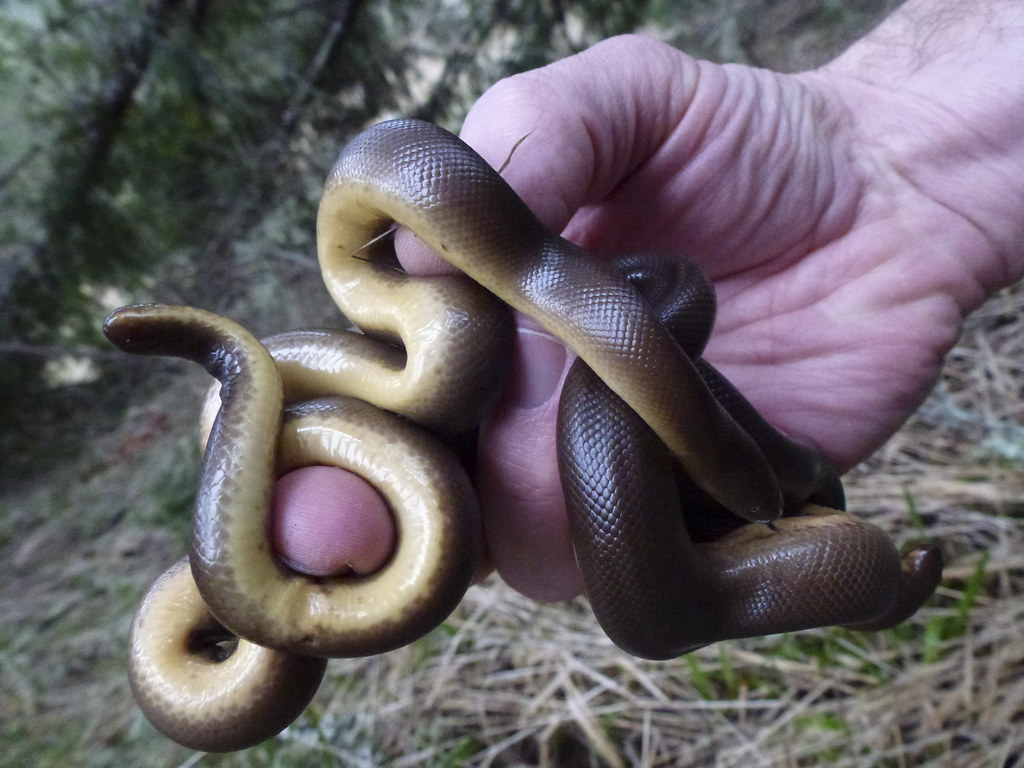
Preventing snake releases begins with responsible breeding and sales practices within the reptile industry. Ethical breeders and retailers can significantly reduce abandonment by ensuring buyers understand the full commitment involved in snake ownership. Screening potential buyers for appropriate knowledge, equipment, and long-term planning helps prevent impulsive purchases of animals that may later be released.
Some retailers now require permits for certain high-risk species or implement waiting periods between purchase inquiry and sale. Educational materials about species’ adult size, lifespan, care requirements, and surrender alternatives should accompany every snake sale. Industry self-regulation through organizations like the Pet Industry Joint Advisory Council has improved practices, though gaps remain in online and unregulated sales channels where problem releases often originate.
Successful Management and Eradication Programs
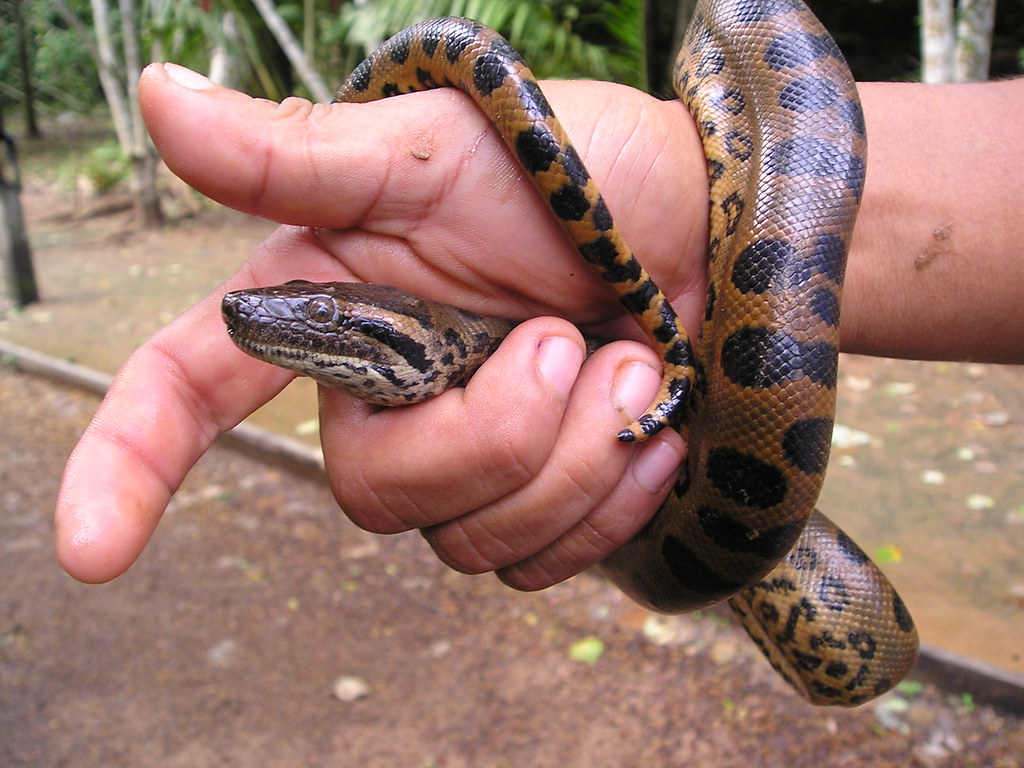
Once invasive snake populations establish, management programs employ diverse strategies with varying degrees of success. Early detection and rapid response programs have successfully eliminated incipient snake populations before they establish breeding colonies, as demonstrated in Guam where brown tree snake interdiction programs prevent their spread to other Pacific islands. Trapping programs using specially designed snake traps baited with prey scents or pheromones have captured thousands of invasive snakes in Florida and elsewhere.
Detector dog teams trained specifically to find hidden snakes have proven remarkably effective in locating pythons in the Everglades that would otherwise remain invisible to human searchers. New technologies including environmental DNA detection, infrared imaging for nighttime searches, and acoustic monitoring systems represent the cutting edge of invasive snake management, though complete eradication remains extremely difficult once populations establish.
Educational Initiatives and Public Awareness
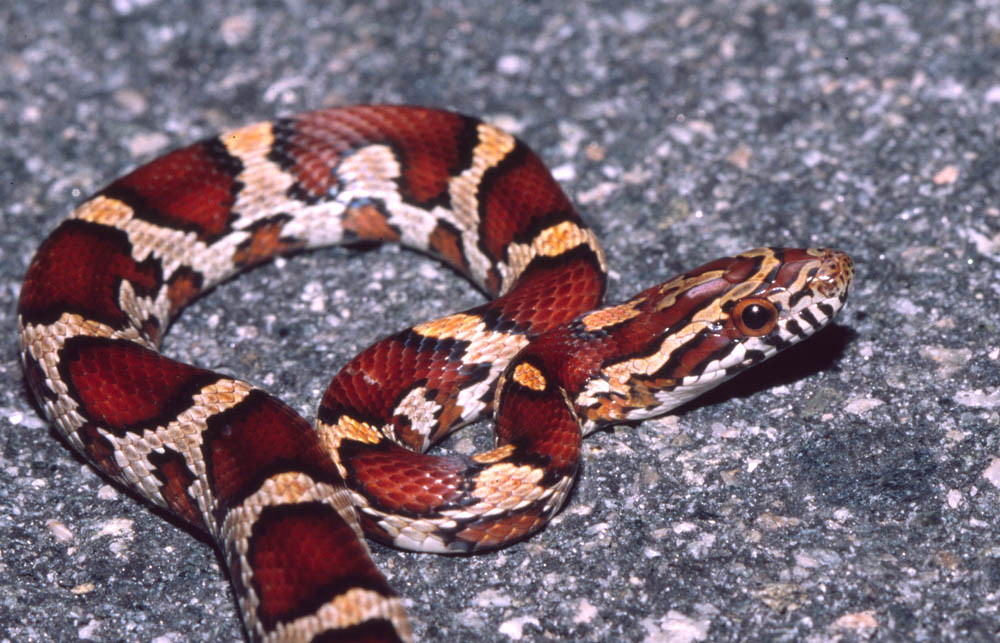
Education represents a crucial component in preventing pet snake releases, with numerous organizations developing targeted campaigns to reach snake owners. Programs like “Don’t Let It Loose” and “Habitattitude” specifically address the ecological consequences of releasing exotic pets, offering clear alternatives through websites, social media, and materials distributed through pet stores. Wildlife agencies increasingly conduct amnesty events where owners can surrender unwanted exotic pets without questions or penalties, often collecting dozens of potentially invasive animals in a single day.
Educational efforts also target future pet owners through school programs explaining responsible exotic pet ownership. By combining factual information about ecological impacts with practical surrender alternatives, these initiatives aim to make releasing pets socially unacceptable while providing clear paths for responsible rehoming.
Conclusion
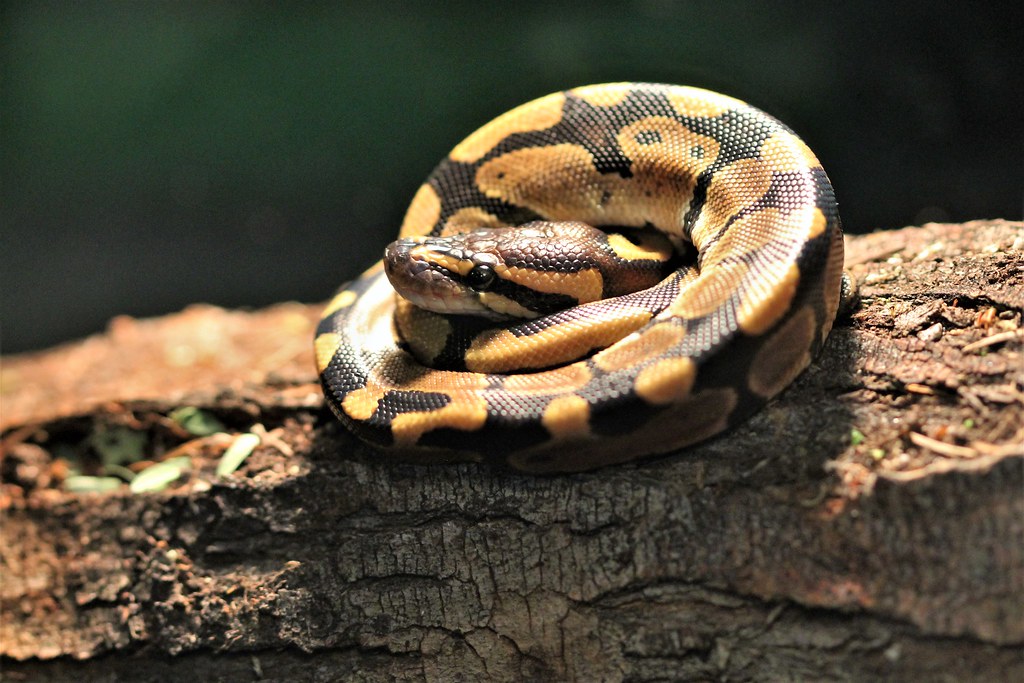
Releasing pet snakes into the wild creates severe ecological damage while subjecting the animals themselves to suffering and likely death. The devastating consequences we’ve witnessed in places like Florida’s Everglades demonstrate the irreversible harm that can result from even a few released specimens. For snake owners facing difficult circumstances, numerous responsible alternatives exist through reptile rescues, surrender programs, and rehoming networks.
By choosing these ethical options rather than release, snake owners protect both natural ecosystems and their former pets. The responsibility for preventing future invasive snake crises rests with everyone involved in the reptile community—from breeders and sellers to owners and wildlife authorities—working together to ensure these remarkable animals never become ecological disasters.

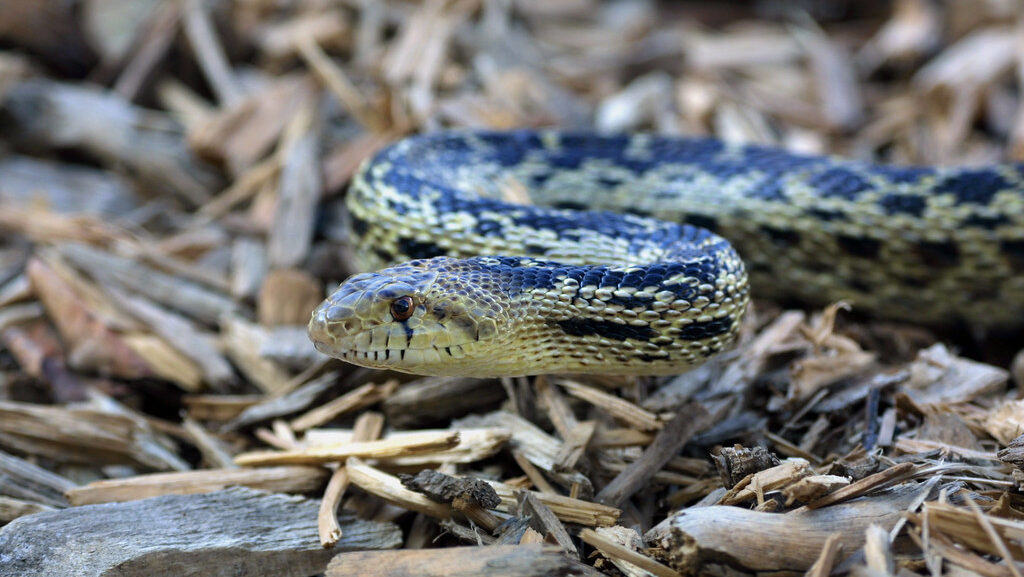
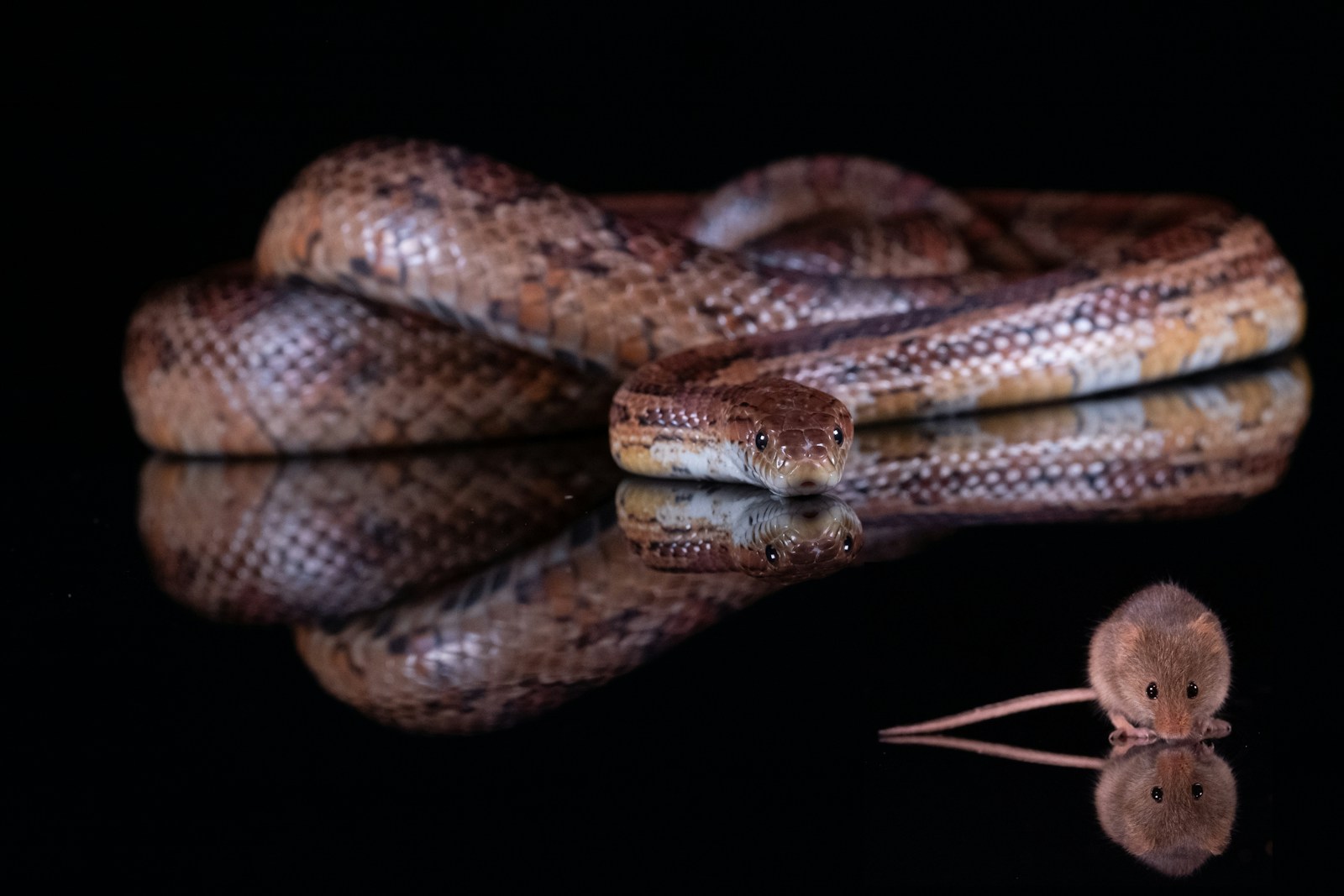







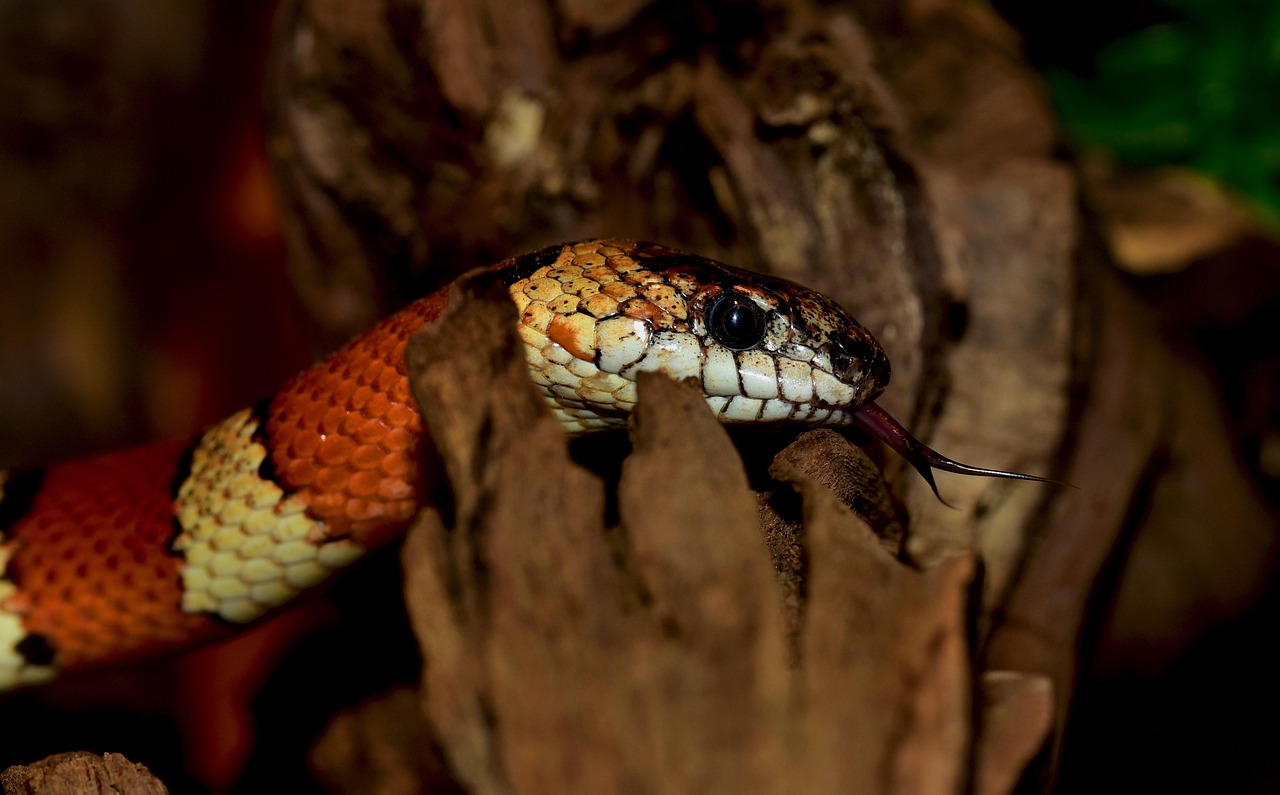

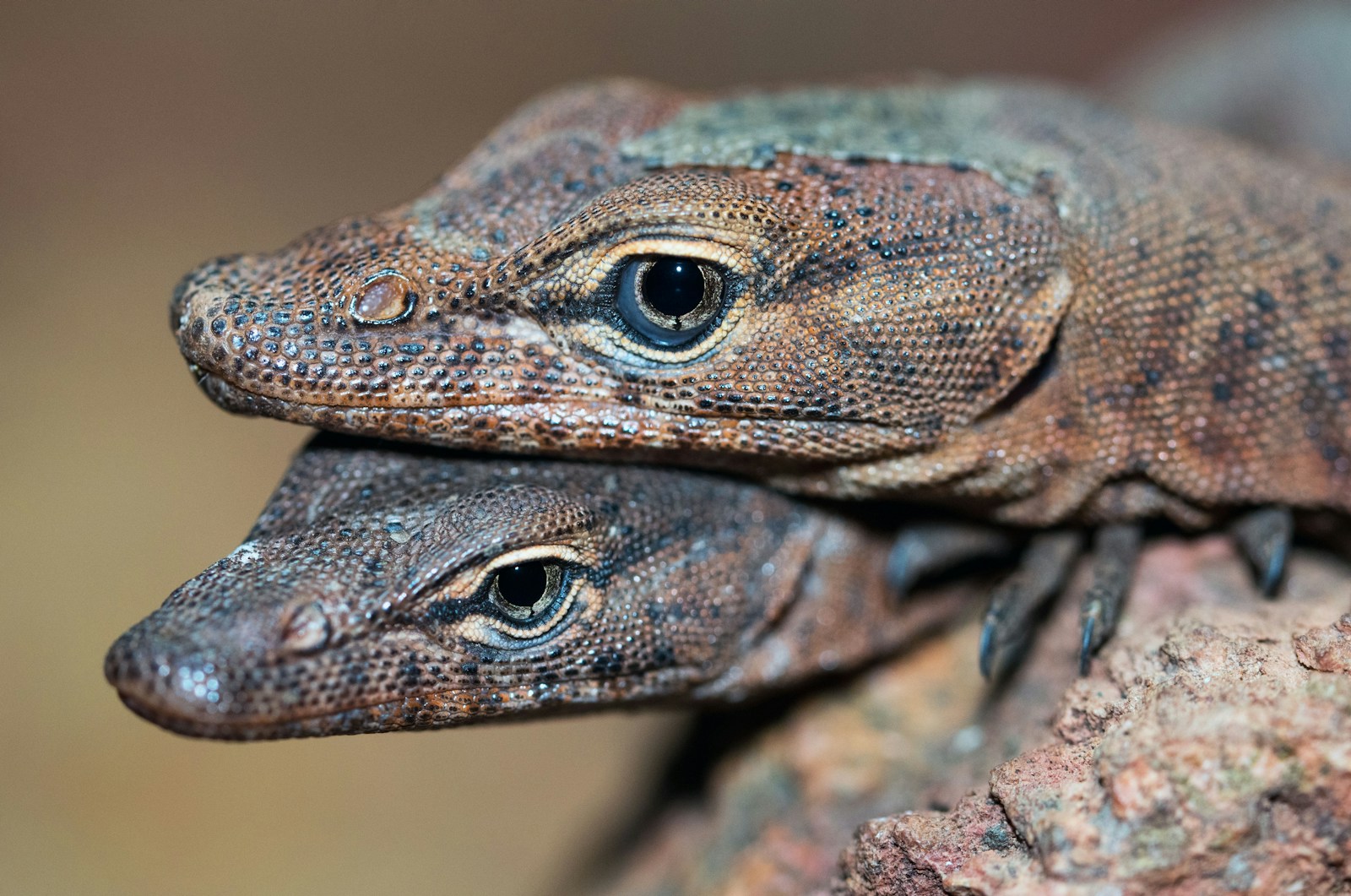
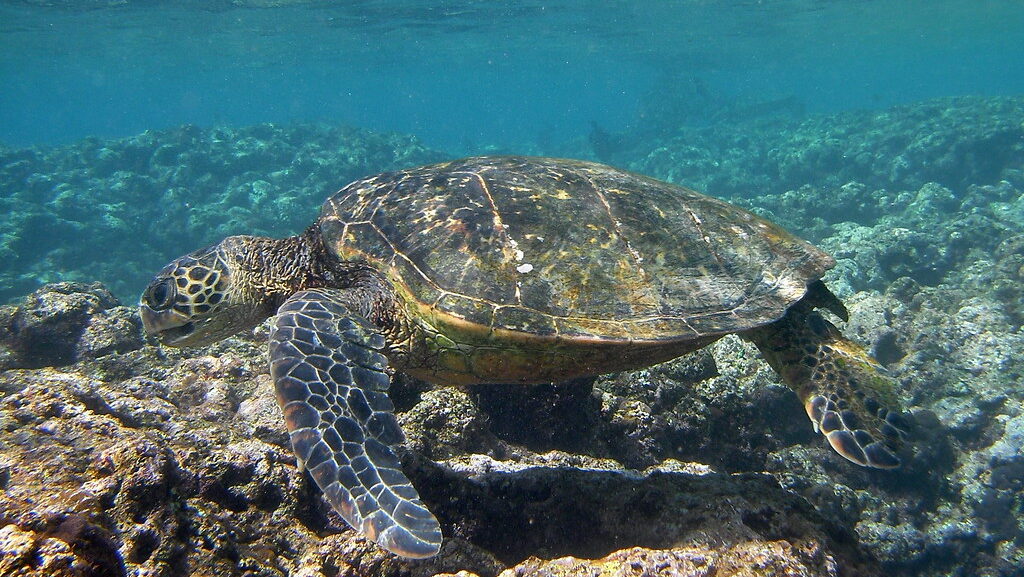
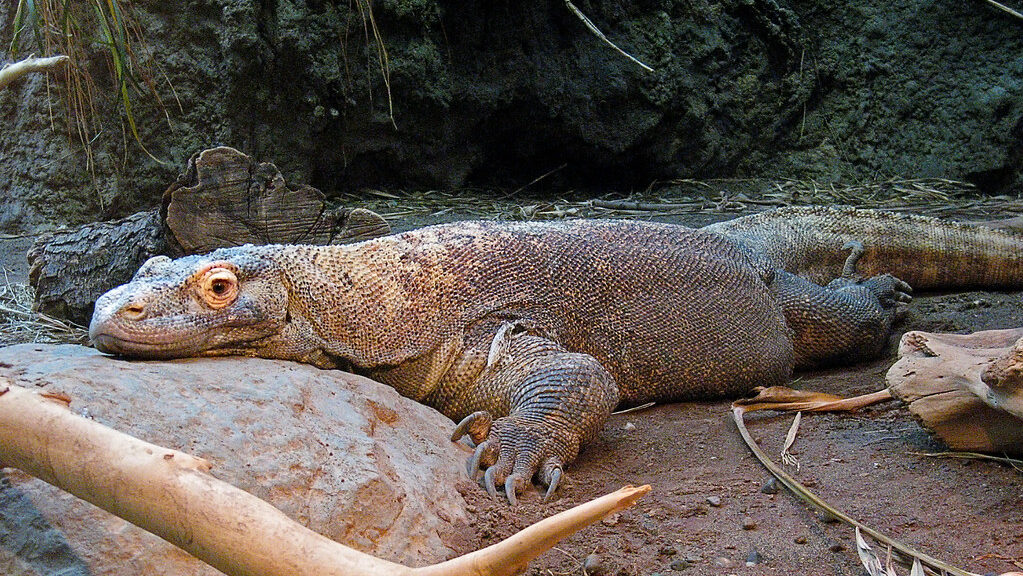

Leave a Reply